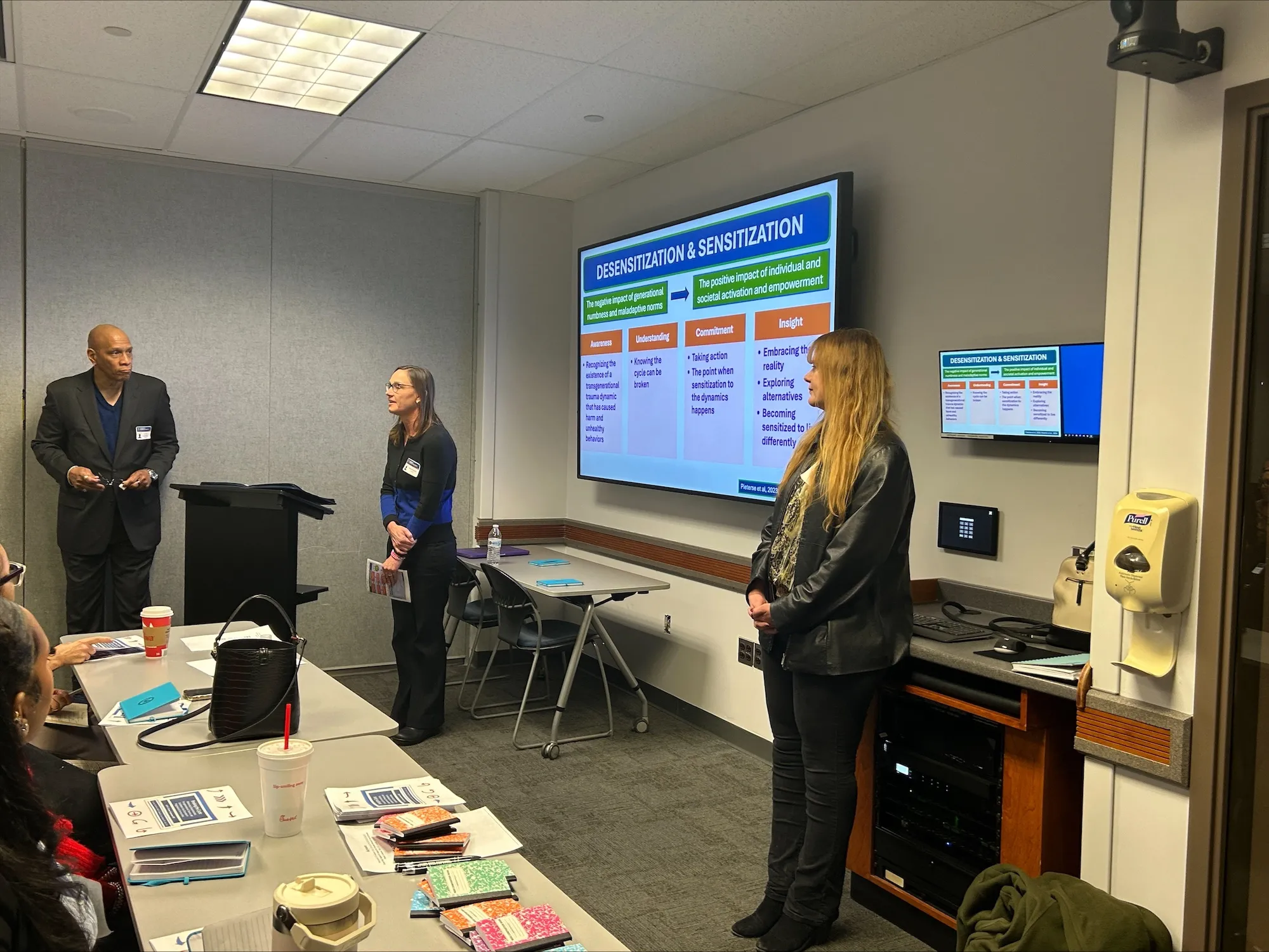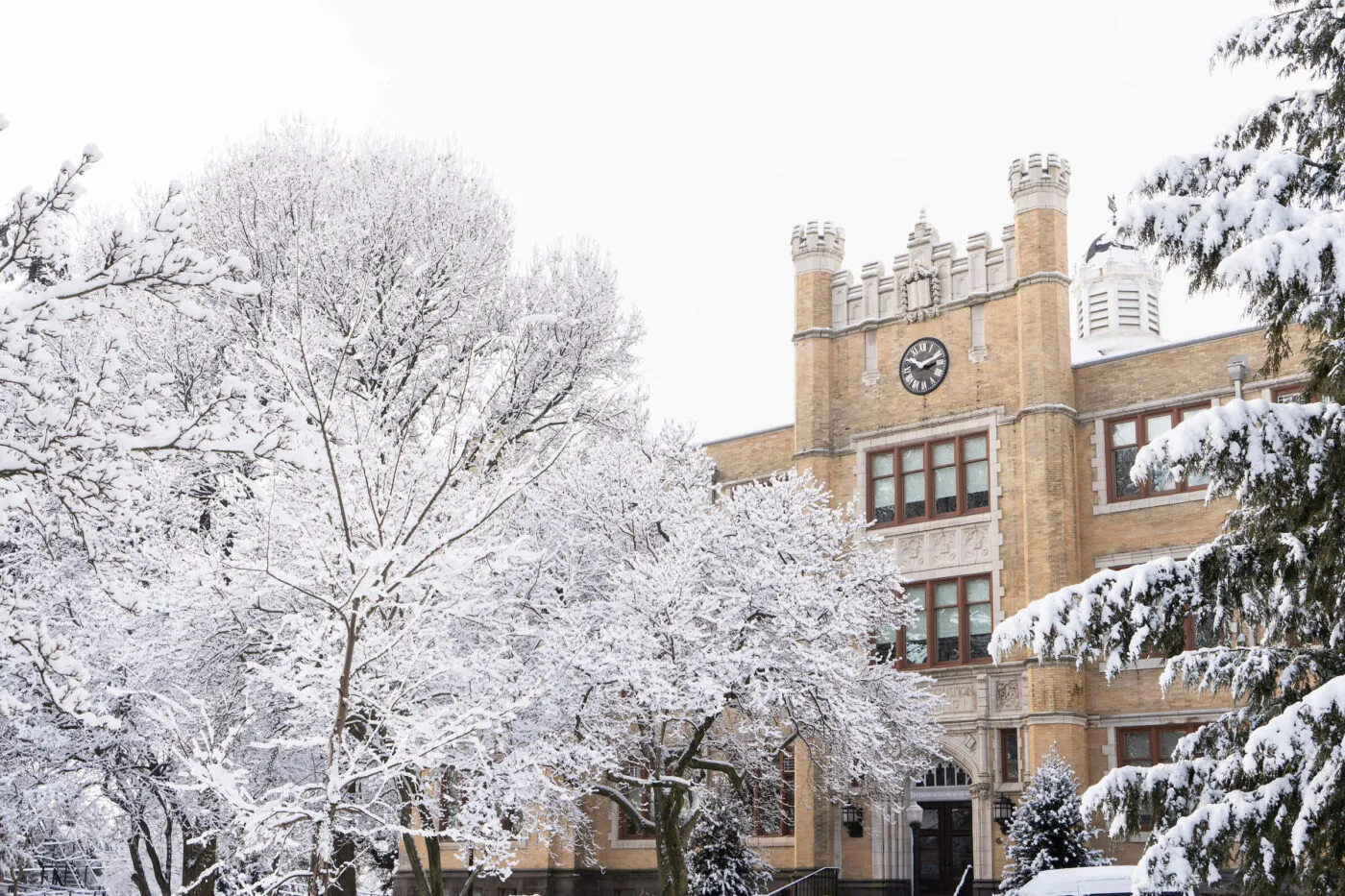
LVC News
- Accounting
- Accounting/MBA 3+1
- Actuarial Science
- Allwein Scholars
- Alumni Profiles
- Athletic Training
- Athletics
- Awards
- Biochemistry & Molecular Biology
- Biology
- Breen Center
- Business Administration
- Campus
- Chemistry
- Clinical Exercise Physiology
- Clinical Mental Health Counseling
- Community Service
- Computer Science
- Creative Arts
- Creative Writing
- Criminal Justice
- Data Science
- Digital Media
- Economics
- Education
- Engineering
- English
- Environmental Science
- Esports
- Exercise Science
- Faculty Profiles
- Gallery
- German
- Giving
- Graduate Studies
- History
- Honors
- Intelligence and Cybersecurity
- Interaction Design
- International Business and Policy
- LVEP
- Marketing
- Mathematics
- MBA
- Medical Humanities
- Medical Laboratory Science
- Music
- Music Education
- Music Production
- Neuroscience
- Nursing
- Physical Therapy
- Physics
- Political Science
- Pre-Law
- Pre-Medical Professions
- Psychology
- Self-Designed
- Social Justice and Civic Engagement
- Sociology
- Spanish
- Speech-Language Pathology
- Sport Performance
- STEM Education
- Student Profiles
- Study Abroad
- Sustainability
- Transfer
- Undecided/Exploratory
Surviving the Holiday Season: A Guide to Navigating Seasonal Depression and Holiday Stress

Insights from Kathy Richardson
The holidays can be a season of joy and celebration, but for many, they bring unique challenges and emotional strain. With increased expectations for festive gatherings, gift-giving, and general cheer, the holiday season often amplifies existing stressors and can also coincide with Seasonal Affective Disorder (SAD), a form of depression that affects people during specific seasons, typically winter.
What is Seasonal Depression, and How Common is It?
Seasonal depression, or Seasonal Affective Disorder (SAD), is more than just a case of the “winter blues.” SAD is a serious form of depression that appears cyclically, often as the days get shorter and colder. Symptoms typically ease with the arrival of spring, making it different from non-seasonal depression. While winter is the most common season for SAD, some people experience symptoms during other seasons, such as summer.
“SAD is more common than one might think, affecting up to 5% of the U.S. population in a given year, with symptoms lasting around 40% of the year,” said Dr. Kathleen Richardson, Assistant Professor of Clinical Mental Health Counseling at Lebanon Valley College. “Symptoms mirror those of other forms of depression and can significantly interfere with daily life and overall well-being.”
Recognizing the Signs of Seasonal Depression
Understanding the symptoms of seasonal depression can help you identify it in yourself or others. According to the DSM-5-TR, the diagnostic manual for mental health conditions, SAD’s symptoms include at least five of the following within a two-week period:
- Persistent sadness or a depressed mood
- Loss of interest in activities once enjoyed
- Noticeable weight changes or shifts in appetite
- Changes in sleep patterns (oversleeping or insomnia)
- Physical agitation or feelings of heaviness
- Low energy or constant fatigue
- Feelings of worthlessness or excessive guilt
- Difficulty concentrating or making decisions
- Recurrent thoughts of death or suicidal ideation
These symptoms tend to align with the seasonal changes, making SAD unique compared to other forms of depression.
Supporting Friends and Family with Seasonal Depression
If you have loved ones showing symptoms of seasonal depression, reaching out can make a world of difference. Often, people feel hesitant or embarrassed to discuss mental health issues, so a simple check-in can provide comfort. By gently addressing changes you’ve noticed, you can help them recognize that these feelings are more common than they might think and offer emotional support. Sometimes, understanding the pattern of seasonal depression can make people feel less isolated and more willing to consider strategies for managing their symptoms.
Why the Holiday Season Can Be Emotionally Charged
Society often promotes the holiday season as a time of joy, family, and celebration. While the festive spirit can be uplifting, it also sets a high bar for happiness, which may not match everyone’s experience.
“Life’s ongoing challenges, such as grief, financial strain, seasonal unemployment, or physical illness, don’t pause for the holidays, and these can complicate one’s ability to fully embrace the season’s festivities,” said Richardson. “The added pressure to participate in gatherings or buy gifts can contribute to anxiety and depression, and for those with SAD, this time of year can be especially tough.”
Taking Care of Yourself During the Holidays
Self-care is crucial during the holiday season, and it doesn’t have to be elaborate. Using a wellness framework can help you stay balanced in ways that fit easily into daily life. Dr. Bill Hettler’s six dimensions of wellness—social, occupational, emotional, spiritual, physical, and intellectual—provide a guide for holistic self-care. By focusing on one dimension each day, you can manage stress and support your well-being. Here’s how you might structure a week:
- Monday (Physical): Go for a walk, do a yoga session at home, or try a gym workout.
- Tuesday (Occupational): Balance work stress with breaks or practice boundary-setting to reduce burnout.
- Wednesday (Spiritual): Engage in activities aligned with your faith, practice gratitude, or meditate.
- Thursday (Emotional): Talk openly with someone about how you feel, and acknowledge challenging emotions.
- Friday (Social): Spend time with loved ones or plan a fun outing to strengthen social connections.
- Saturday (Intellectual): Stimulate your mind by learning something new—read a book, visit a museum, or watch an educational documentary.
When Friends or Family Don’t Want to Celebrate
If someone you care about isn’t in the holiday spirit, it’s important to respect their feelings while finding ways to connect. For some, holiday gatherings can feel overwhelming, especially if they’re dealing with grief or mental health issues. Instead of forcing festive plans, consider joining them in activities they find comforting or meaningful. Volunteering at a community organization or food bank, for example, can be a fulfilling way to bring positivity into the season without traditional celebrations. Additionally, small gestures—like a cozy dinner at home or a quiet night of movies together—can make for memorable moments without the pressure of holiday hype.
Combating Holiday Loneliness
For those who feel isolated during the holidays, reaching out to local communities or seeking new connections can help counteract loneliness. Virtual gatherings, community centers, or even joining seasonal activities like holiday lights walks can foster a sense of inclusion. Sometimes, just acknowledging that the holidays are emotionally complex can bring relief and help you reframe the season in a way that feels genuine to your needs.
Embracing a Balanced Holiday
This holiday season, give yourself the gift of patience, balance, and kindness. Whether it’s navigating seasonal depression or the pressures of holiday festivities, taking small steps toward self-care and reaching out to others can create a meaningful and more manageable holiday experience. Remember, the holidays don’t have to be perfect—they only need to be authentic to you.




